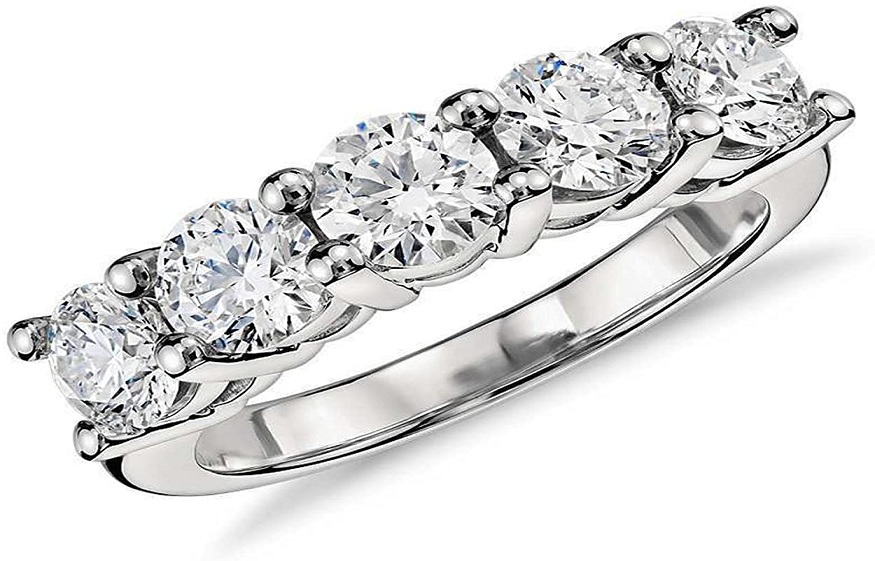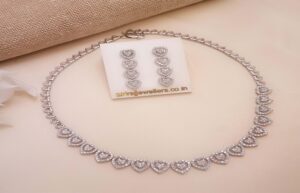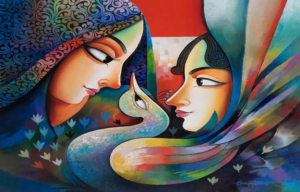Fascinating Wedding Ring Traditions From Around The World!
4 min read
It is possible that you will encounter some of these variations if you are marrying a person who is from another country or if you are simply attending a destination wedding. Of course, not even all weddings in each and every nation are the same, but not everyone adheres to these customs exactly as written. In any event, there is something very remarkable about the manner in which we each take an event like a wedding & make it our own.
The following are just a few of the various ways in which cultures all around the world have developed distinctive customs regarding weddings.
Where Did the Traditions of Wearing Engagement Rings Come From?
It’s possible that when you become engaged, your spouse will propose by getting down on one knee and presenting you with a diamond ring. However, it wasn’t always like this at all times. You might be surprised to learn that perhaps the engagement ring did not always represent love the way that it does now; in certain ancient societies, that has more to do with signifying ownership of the person to whom it was given.
Egyptians
It is generally accepted that the practice of giving an engagement ring may be traced back to ancient Egypt. Ivory, leather, hemp, twigs, and even bones were some of the materials that were utilized to make engagement rings back in 4000 BC. You might have realized that diamonds were not an option back then. Ancient Egyptian Artisan Rings were also decorated with multicolored beads and intricate carvings on their surfaces.
The reason that the Egyptians wore their ring just on the fourth finger of the left hand is rather heart-warming, both in a literal and figurative sense. The women’s wedding bands symbolized that the wearer was a child of the hereafter. They had the notion that the “vein of love” ran from the center of the chest to that finger. Although there is no such thing as a “love vein,” you have to give credit to the Egyptians for their creative thinking. They were able to imagine a lot of different things.
The ancient Romans
Whenever it came to the wedding ring, the Romans, on the other hand, had a more romantic view of its significance. This, on the other hand, should not come as much of a surprise given the relatively extravagant way of life they lead. For them, the priceless piece of jewelry represented not only the fact that a married woman was legally entitled to her husband’s belongings but also the fact that she had successfully won her husband’s affection. Because of this romantic image, a key was frequently included in the design of traditional wedding rings that were worn throughout those times.
Europe
It is traditional for brides and grooms in Eastern Europe, including Poland, Russia, and certain regions in Austria and Germany, to wear their engagement rings and wedding bands on the right hand rather than the left. This custom can also be found practiced in other cultural contexts. In Sweden and the other Nordic countries, both married couples receive an engagement ring when they say “yes.” In contrast to their American equivalents, these rings are often understated and are made out of bands of either plain gold or silver. In comparison to diamonds, colorful gemstones are more popular in France. The fashionable women of Paris favor complex stones such as rubies, emeralds, and even sapphires in their jewelry. Engagement rings have a particularly fascinating history in Ireland, where the country is located. Claddagh rings, which essentially are rings displaying a heart clutched by two hands with a crown on top, are popular among Irish women. Some Irish ladies choose these women’s wedding bands. Due to the fact that individuals other than engaged ladies wear this style of women’s wedding band, it is customary for engaged women to wear it with the crown pointed downward until the wedding. Then the crown should be facing upward while it is worn.
French
On the day of the wedding, the future husband, his family, and his friends travel to the home of the future bride. An automobile procession takes them to the church, and they are joined on the journey by the mother of the bride. Some of the vehicles that will be used in the procession will be decked out in celebratory garb.
They cry out of the car windows & honk their horns whenever their relatives and friends would’ve been notifying everyone else about the upcoming wedding that is going to take place. They were instructed to give outback good wishes to everyone they might come across on the way, make nice jokes, and offer guidance while the troop paraded around the entirety of the town. After then, the entire wedding party enters the chapel at the same time upon their arrival.
During the time of the reception, unmarried brothers and sisters of the groom, as well as the bride, execute a unique dance while a certain song is playing in the background. The socks they wear can be hideous or highly colorful, according to their preference. The audience members are expected to toss money at the dancers while they move and jump around in an entertaining manner.






